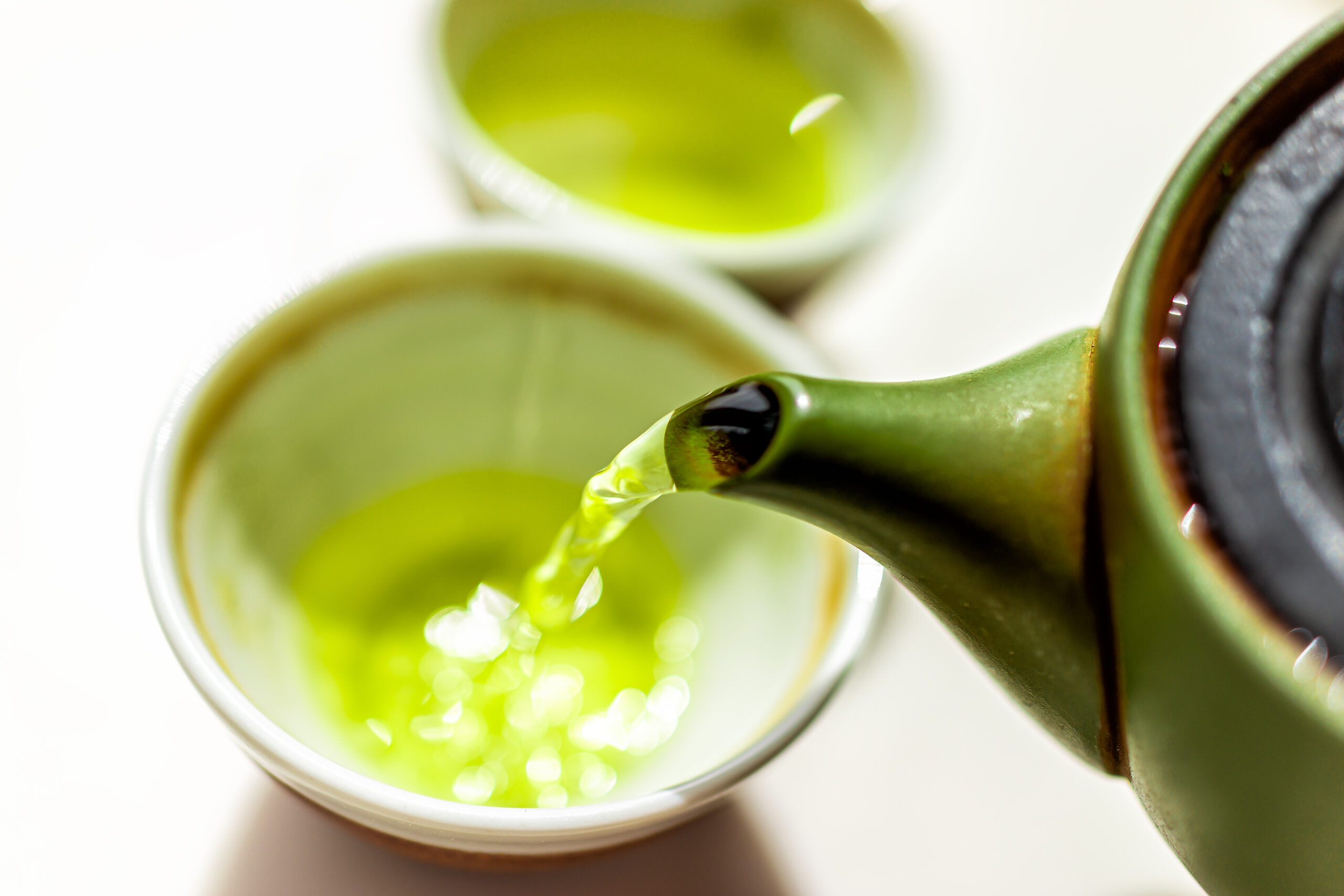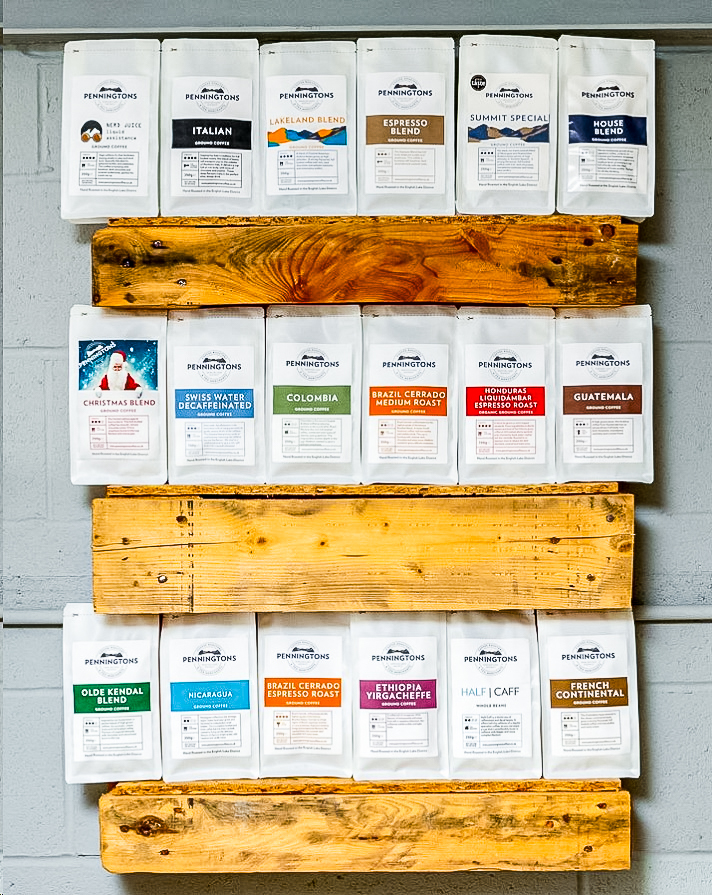
Spotlight on Green Teas
Spotlight on Green Tea: What Are They and Why Are They So Special? Green tea has been celebrated for centuries

Time and time again we find ourselves craving something sweet and indulgent; a desire that can only be satisfied by our sumptuous hot chocolate powder blends.
For chocolate lovers who prefer the moreish taste of cocoa to the aromatic profiles of our specialty coffee blends, a velvety cup of hot chocolate is the ultimate comfort drink. With so many types of hot chocolate and decadent toppings to choose from, you’re truly spoilt for choice.
From creamy white hot chocolate and classic milk hot chocolate to rich and decadent dark hot chocolate, there’s a chocolatey blend of goodness for every taste preference. But what’s the difference between different types of hot chocolate? What do chocolate percentages really mean?
Below we’ll unpack what the cocoa percentage of your favourite hot chocolate means and provide you with a little extra insight on several different types of hot chocolate. So, get ready to delve into the irresistible world of hot chocolate and be prepared to leave craving more!
First, we need to understand what cocoa is. To put it simple, cocoa (or cacao) beans are what chocolate is made from. Native to the Amazon Basin but now grown and harvested globally, the Theobroma Cacao tree produces large fruits holding cocoa beans.
The cocoa beans are harvested and put through a multi-step process involving fermenting, drying, roasting, extracting, and grinding that eventually results in cocoa liquor, cocoa nibs, and cocoa butter. These elements of the cocoa bean can then be used to produce tasty chocolate products.
The percentage of cocoa on a chocolate product refers to the amount of chocolate made from the actual cocoa beans. So, a milk chocolate bar with a cocoa percentage of 45% has 45% cocoa solids (that could be cocoa liquor, nibs, or butter), and 55% of other ingredients such as milk, sugar and sometimes additives.
This means that dark chocolate will usually have a higher percentage compared to milk chocolate, whilst white chocolate uses cocoa butter rather than cocoa solids for its flavour meaning that its percentage refers to the amount of cocoa butter used compared to milk, sugar, and other ingredients.
Not only do cocoa percentages refer to the amount of cocoa solids in the chocolate product, but it can also be an indicator of taste, texture, and quality. The reason is that a lower cocoa percentage usually means the chocolate has a greater amount of sugar and added extras making it lower quality. This can be important for a few reasons.
For example, when baking, the cocoa percentage you use determines the flavour and texture of your bake. Whilst there is no best cocoa percentage, it’s recommended to use higher quality chocolate, such as 60%-70% cocoa to make a more delicious, better quality pudding!
Another example is hot chocolate. You want to make sure that the chocolate you use, whether it is cocoa powder or chocolate flakes, is of a slightly higher percentage to make a smooth, tasty beverage. The cocoa percentage does depend on the type of chocolate you prefer, so read on to find out what we recommend for the perfect tasting hot chocolate.
White chocolate is made from cocoa butter rather than cocoa solids as its main ingredient for flavour and quality. This means its percentage indicates the amount of cocoa butter used alongside sugar and milk to create either a solid chocolate bar or chocolate powder.
It must have at least 20% cocoa butter to be classed as white chocolate meaning the cocoa percentage of white chocolate can range from 20% to about 40%. So, whether your using white chocolate for baking or drinking, we recommend opting for a white chocolate with a higher percentage of cocoa butter as that means there is less additives and more quality ingredients.
If you want to try out a delicious, excellent quality white hot chocolate for yourself, then why not try the Mortimer White Hot Chocolate Powder from our shop!
Milk chocolate cocoa percentages refer to the number of cocoa solids in the chocolate in comparison to other ingredients such as cocoa butter, sugar, and milk. The cocoa solids are what makes the milk chocolate have flavour, whereas the cocoa butter makes it smooth and creamy.
Although the minimum cocoa percentage for milk chocolate is 25%, it can go up to 50% or higher. A low percentage milk chocolate has a mild and sweet taste while a higher percentage has a more chocolatey, rich taste.
As milk chocolate is the popular choice for a hot chocolate, you should opt for a slightly higher cocoa percentage for a tastier drink. This is why you should try Penningtons very own luxurious and perfectly balanced 33% cocoa Hot Chocolate Powder.
Dark chocolate has the widest range of cocoa percentages making it a super versatile chocolate. With the lowest being about 60%% and the highest 99%, it could seem daunting when trying to understand which is best.
What gives dark chocolate such a wide range of cocoa percentages is the fact that it does not contain milk, just cocoa solids, cocoa butter, and sugar. The lower the percentage of cocoa in dark chocolate makes it sweeter and mild, compared to a more intense rich and deep flavour that comes with a higher percentage. You can even get a 100% dark chocolate that is purely cocoa solids! With dark chocolate, the percentage you choose really depends on your own individual taste.
If you want to try out a dark hot chocolate for yourself, we recommend a mid-range cocoa percentage such as our 51% cocoa Luxury Dark Chocolate flakes. This percentage will give you a smooth, delicious but not intense, dark hot chocolate.
Enjoy a tasty hot chocolate drink for yourself and explore Penningtons delicious range of hot chocolate products in our shop.

Spotlight on Green Tea: What Are They and Why Are They So Special? Green tea has been celebrated for centuries

The Art of Gifting: Awaken Your Inner Grinch and Master the Holidays The holiday season is upon us—a time for

Sign up to be the first to know about our latest news, offers and products and get a code for 10% off your next purchase.
*Discount only Applies to Tea and Coffee orders. Offer Excludes subscriptions and sale items.